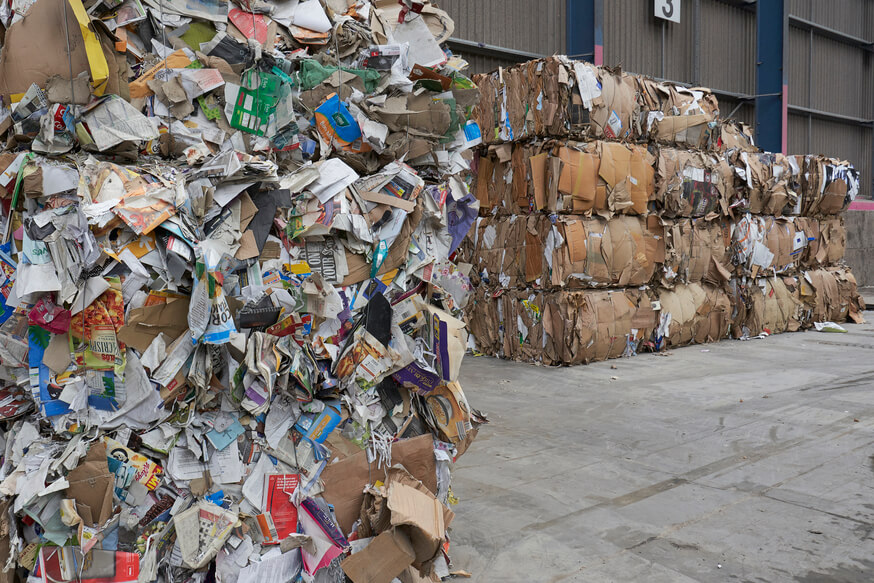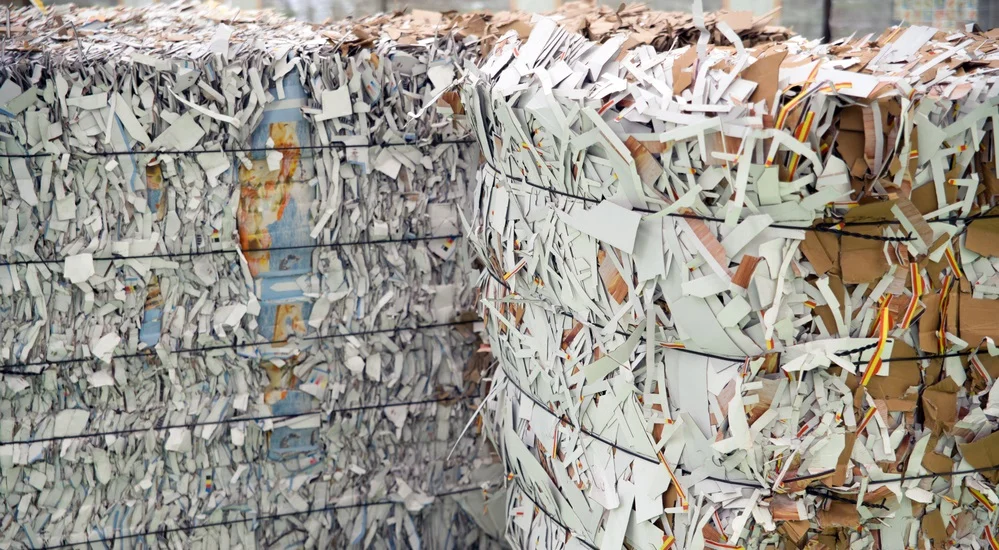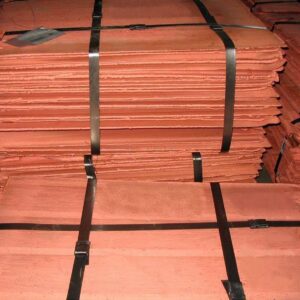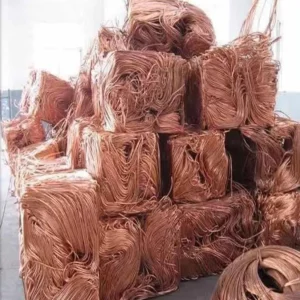Waste Paper refers to the material that is discarded after it has been used for written or printed purposes, such as newspapers, magazines, cardboard boxes, and office papers. It is one of the most commonly found types of waste, and it is estimated that the average person generates more than 100 pounds of waste per year.
Despite its prevalence, waste is a valuable resource that can be recycled and reused in various ways. Recycling waste reduces the need for virgin paper, which helps to conserve trees, water, and energy. It also reduces the amount of waste in landfills, as waste paper accounts for a significant percentage of the total waste generated by households and businesses.
The process of recycling waste involves several stages. First, the paper is collected and sorted according to the type and quality of paper. Next, the paper is processed to remove any contaminants such as ink, staples, and tape. The clean paper is then shredded into small fibers and mixed with water to create a pulp. The pulp is then refined and dried to create new paper products.
There are several different types of waste that can be recycled, each with its own set of characteristics and properties. For example, newspaper and magazine waste is typically low-grade and is used to produce items such as newsprint, tissue paper, and cardboard boxes. Office waste on the other hand, is typically of higher quality and is used to produce printer paper, envelopes, and other high-end paper products.
Specification
Product Name: Waste Paper
Bale Size : 1.9 x 1.1 x 1.1 [m]
Grade 11
Other bales : can be adjusted by order : 80:20~95:5
Moisture content : Not exceed 5%
Trash/Prohibitive Materials : 0%
Out throws plus prohibitive : Not exceed 5%
Packing : Domestic Packing (stacking by bales)
Loading details : 25~28MT in 40ft




